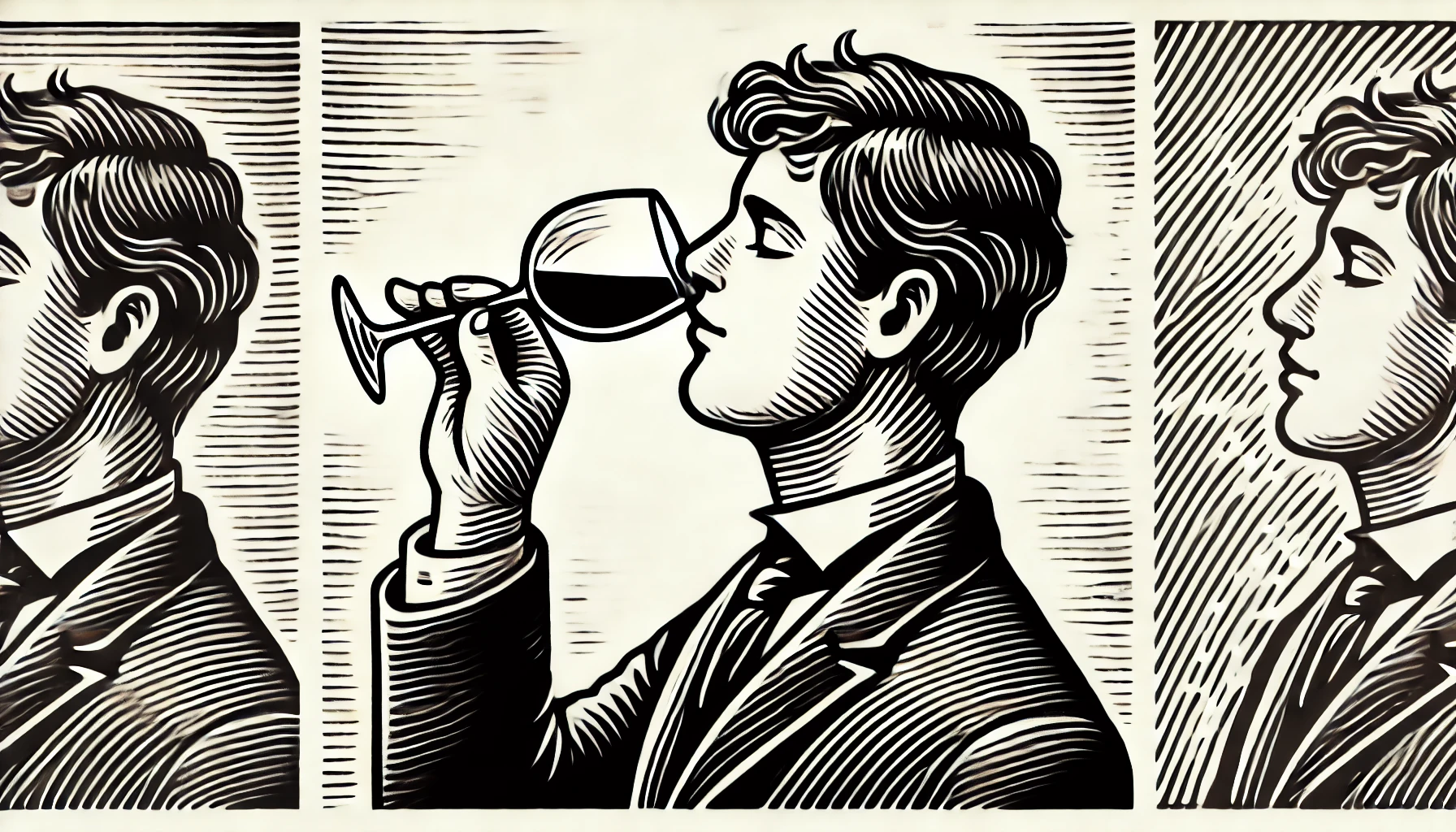
The palate refers to the sensory experience of tasting wine, encompassing the range of flavors, textures, and sensations that you perceive when sipping wine. In the context of wine tasting, the palate plays a crucial role in how a wine’s qualities—such as sweetness, acidity, tannins, alcohol, and body—are experienced. While the term originally refers to the roof of the mouth, in wine tasting, it symbolizes the combined function of taste buds, mouthfeel, and even aroma to create a comprehensive impression of a wine.
Wine tasters often refer to the entry, mid-palate, and finish when describing how a wine interacts with the palate:
- Entry is the first impression you get when the wine hits your mouth. It involves initial flavors, such as fruit, sweetness, or acidity.
- Mid-palate refers to the flavors and texture that develop as the wine coats the inside of your mouth. This phase reveals a wine’s complexity, structure, and how its elements (like tannins and acidity) balance with each other.
- Finish describes the lingering flavors and sensations after swallowing the wine. A long, pleasant finish often indicates a well-crafted wine.
The palate is key in detecting a wine’s balance and integration. For example, you can sense whether a wine’s acidity is sharp, whether the tannins are smooth or rough, and whether the body feels light or full. Wine tasters often comment on a wine’s “palate weight,” which refers to the body or mouthfeel, whether it’s light, medium, or heavy.
Developing a refined palate is a skill that comes with practice. By paying attention to the nuances in flavors and textures, you can better appreciate the complexities that different wines offer.
Curious about more wine terms and insights? Visit our Wine Wiki section and explore the basic wine terms for expert definitions and tips!